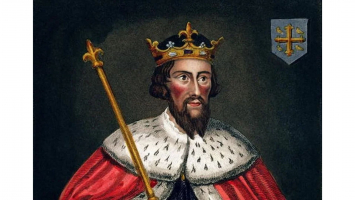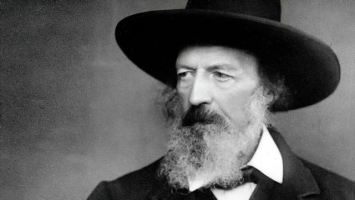Top 8 Interesting Facts about Alfred Nobel
On December 10, 1896, Alfred Bernhard Nobel, who was born on October 21st, departed this world and entered his heavenly home. Nobel, a Swedish entrepreneur, ... read more...chemist, engineer, inventor, and philanthropist, is renowned for his outstanding achievements. In his name, 355 various patents have been held. One of his most well-known patents is for creating and producing dynamite. If you're familiar with the periodic table, you'll know that Alfred Nobel is the name of the artificial element nobelium. There are 8 most interesting facts about Alfred Nobel you should not miss!
-
First and foremost, one of the most interesting facts about Alfred Nobel is his father was a skilled engineer and inventor. On October 21, 1833, Alfred Nobel was born in Stockholm, Sweden. Immanuel and Caroline Nobel's fourth son was Alfred Nobel. In 1827, Immanuel, an engineer, and inventor wed Caroline Andrietta Ahlsell. Immanuel Nobel is credited with developing the rotary lathe, which is used to produce contemporary plywood. Only Alfred and three brothers out of the eight children born to the couple survived to adulthood. Although he was prone to illness as a child, Alfred had a solid bond with his mother and showed signs of keen intellectual curiosity at a young age. He was fascinated by explosives, and his father taught him the foundations of engineering.
Immanuel, on the other hand, had struggled with numerous economic endeavors before relocating to St. Petersburg, Russia, in 1837, where he found success as a producer of explosive mines and machine tools. In 1842, the Nobel family relocated from Stockholm to St. Petersburg to be with their father. Alfred's newly wealthy parents could now afford to pay for private tutors, and he showed himself to be a motivated student. By the age of 16, he was an accomplished chemist who spoke Swedish, English, French, German, and Russian with ease.
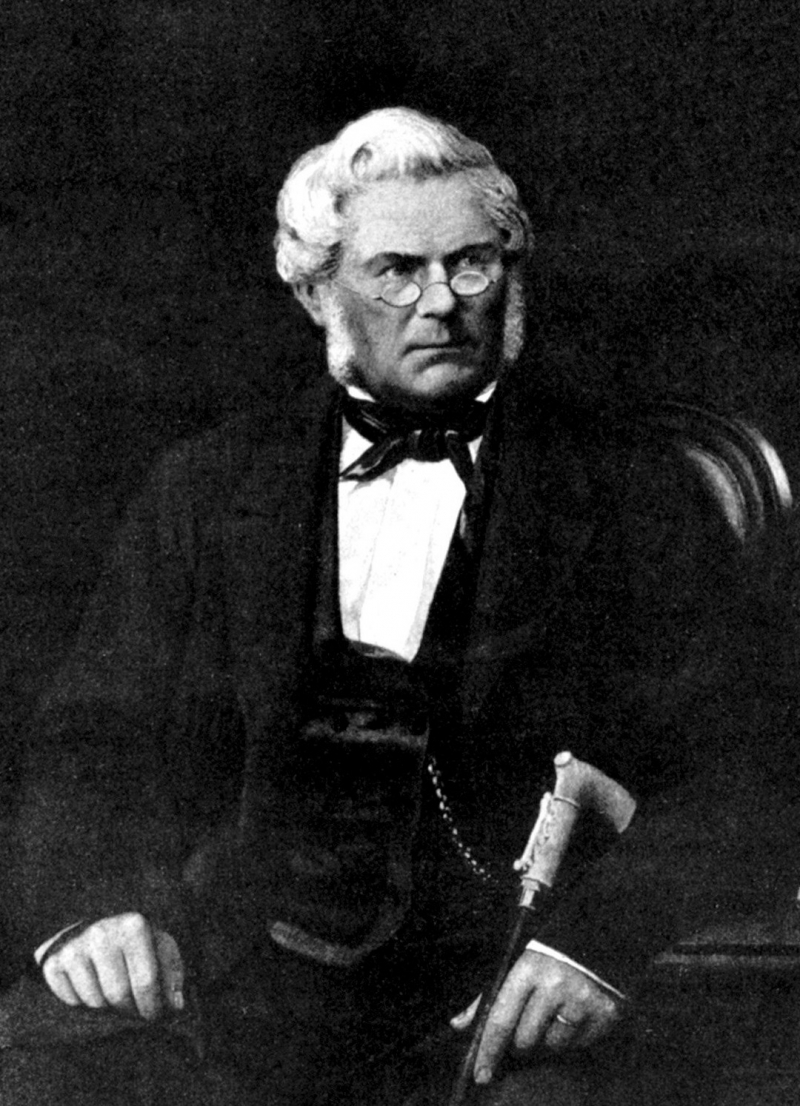
Photo: https://en.wikipedia.org/ 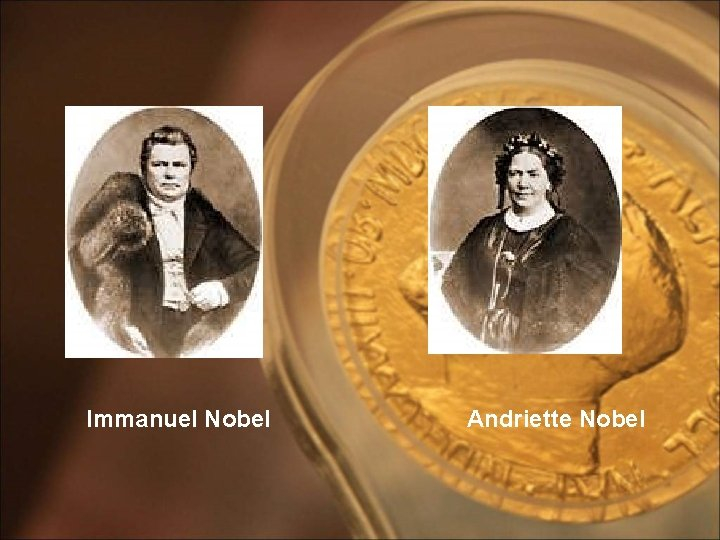
Photo: https://slidetodoc.com/ -
Alfred Nobel left Russia in 1850 to study chemistry for a year in Paris. He then spent some time in the United States working for John Ericsson, who was in charge of creating the ironclad warship Monitor. In 1852, when he returned to St. Petersburg, Nobel began working in his father's firm, which had been producing military hardware during the Crimean War. The business had trouble transitioning to the construction of steamboat machinery during peacetime after the war ended in 1856, and it eventually went out of business in 1859.
While Robert and Ludvig remained in Russia to try to save what was left of the family business, Alfred and his parents fled for Sweden. Soon after, Alfred started doing explosives research in a small lab on his father's property. Black powder, a type of gunpowder, was the only reliable explosive available for use in mines at the time. Although nitroglycerin, a freshly discovered liquid molecule, was a much more potent explosion, it could not be handled safely in any way. Even so, Nobel set up a tiny factory to produce nitroglycerin in 1862 and researched to establish a secure mechanism to regulate the explosive's explosive.
By inserting a wooden plug into a bigger charge of liquid nitroglycerin that was kept in a metal container, he created a workable detonator in 1863. The explosion of the plug's modest charge of black powder ignites the much more potent charge of liquid nitroglycerin. This detonator signaled the start of Nobel's fame as an inventor and the money he would amass as a producer of explosives. A blasting cap, also known as an improved detonator, was created by Nobel in 1865. It was a small metal cap that contained a charge of mercury fulminate that could be detonated by shock or moderate heat. The contemporary use of high explosives was introduced with the development of the blasting cap.
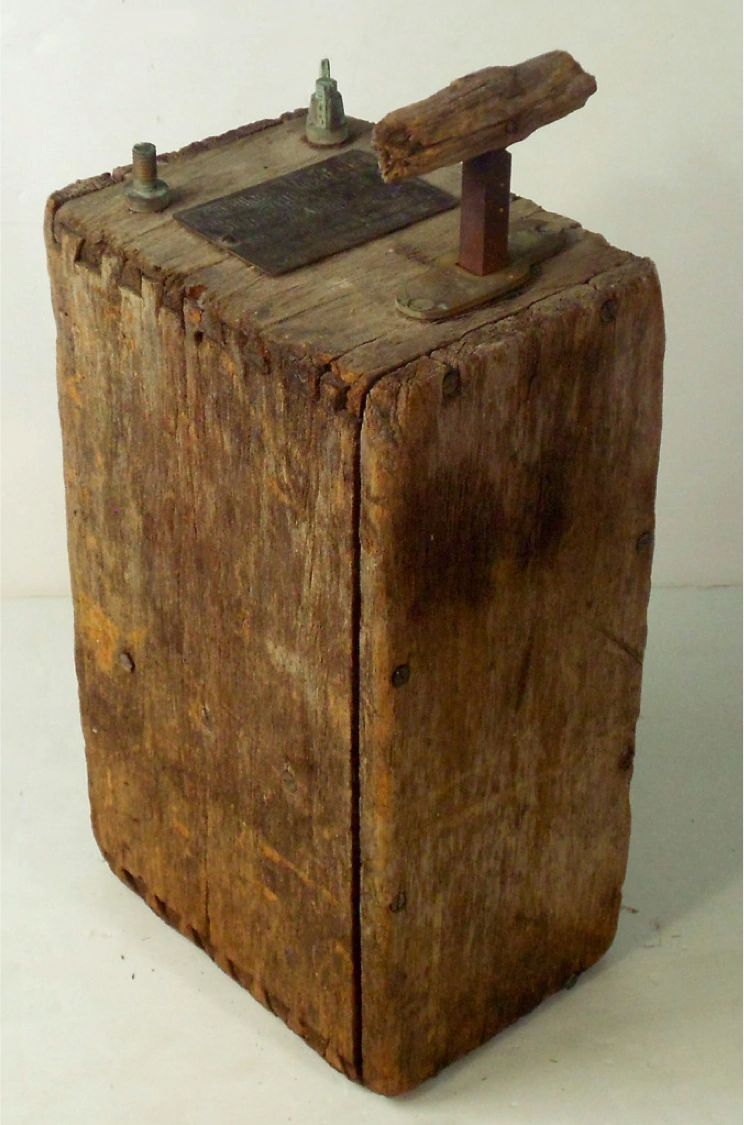
Photo: https://warehouse-13-artifact-database.fandom.com/ 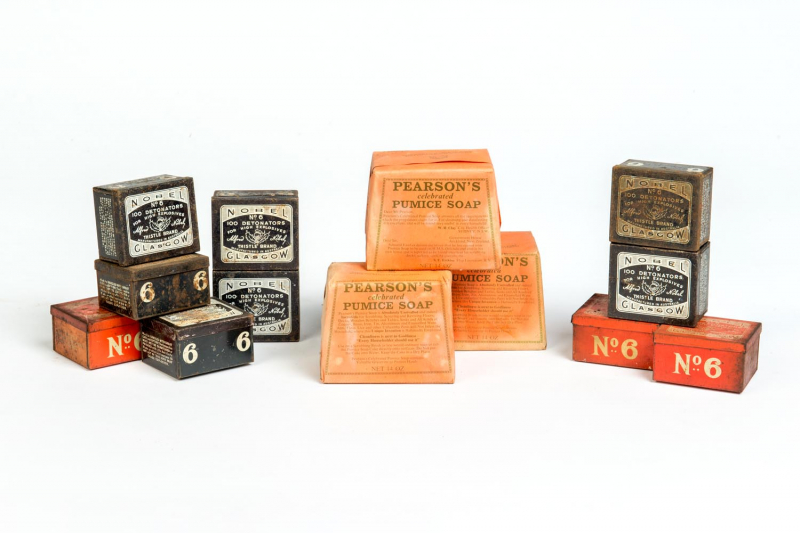
Photo: https://www.findlotsonline.com/ -
However, nitroglycerin itself remained hazardous to handle and difficult to carry. It was so deadly that a fire at Nobel's nitroglycerin factory in 1864 resulted in the deaths of Emil, Nobel's younger brother, and numerous other individuals. Nobel was unfazed by this fatal tragedy and constructed several plants to produce nitroglycerin for use with his blasting caps. Although these factories were as safe as the technology of the day permitted, accidents involving explosions nonetheless happened from time to time.
In 1867, Alfred Nobel developed dynamite in Geesthacht, Germany, and obtained a patent for it. By chance, he discovered that kieselguhr, porous siliceous earth, absorbed nitroglycerin to dryness, and the resulting mixture was considerably safer to use and easier to handle than nitroglycerin alone. Nobel gave his new creation the name "dynamite" (from the Greek dynamis, "power") and received patents for it in both the United States and Great Britain in 1867. (1868). Dynamite launched Nobel's international prominence and was rapidly used to blow tunnels, carve canals, and construct roads and railways. Nobel established a network of dynamite plants around Europe in the 1870s and 1880s. He also created a web of organizations to make and sell his explosives.
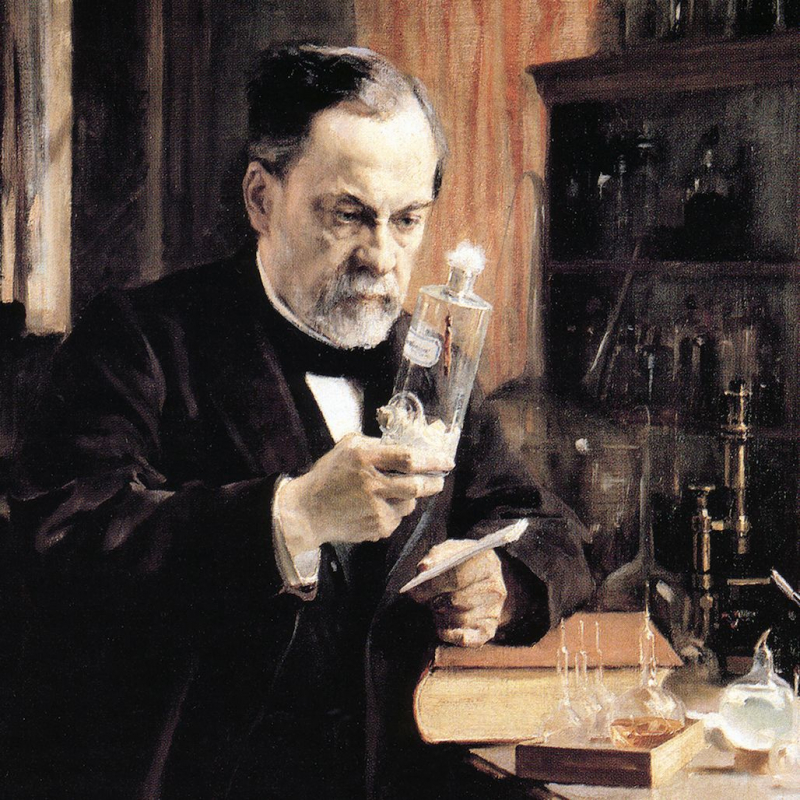
Photo: https://www.thoughtco.com/ 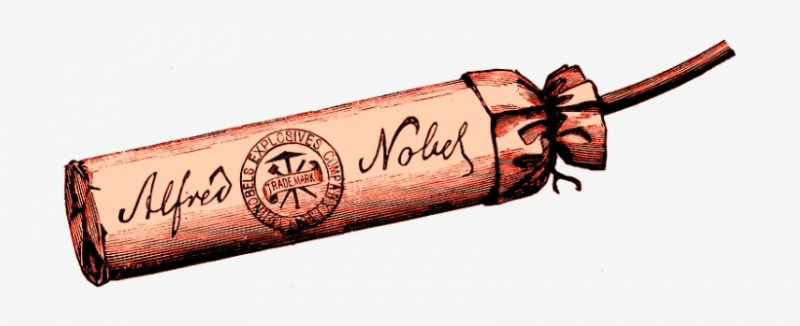
Photo: https://www.seekpng.com/ -
Later, Nobel blended nitroglycerin with additional substances. Additionally, he kept experimenting in quest of better ones, and in 1875 he created blasting gelatin, a more potent type of dynamite. He patented it the following year. Once more by accident, he had discovered that nitrocellulose, a fluffy substance, and nitroglycerin solution, when combined, produce a strong, plastic material with higher water resistance and greater blasting power than standard dynamite.
One of the first nitroglycerin smokeless powders and a forerunner to cordite, ballistite was originally made available by Nobel in 1887. Alfred amassed a sizable fortune thanks to his global investments in explosives and his stakes in his brothers' Russian business ventures. Gelignite, which was patented in 1876 and became the industry standard for mining during the Age of Engineering, brought Nobel enormous financial success. This is one of the most interesting facts about Alfred Nobel. Nobel owned the patents for dynamite and his other explosives, but he was frequently at odds with rivals who appropriated his ideas. As a result, he was frequently dragged into drawn-out patent disputes.
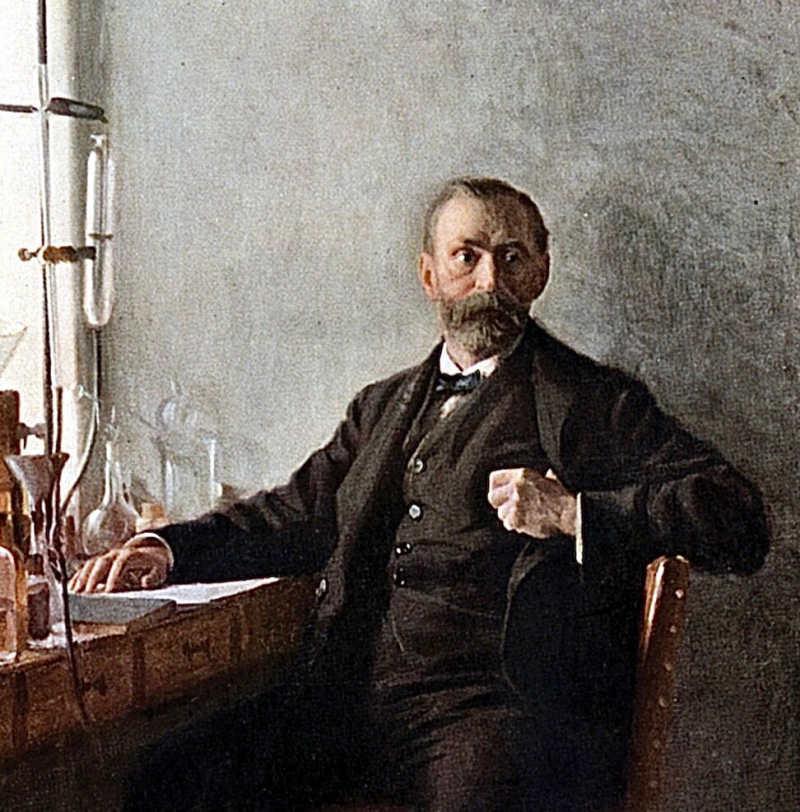
Photo: https://www.adamsmith.org/ 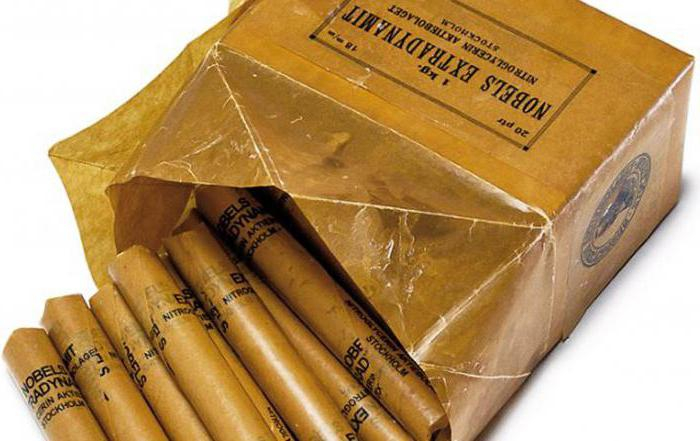
Photo: https://tostpost.com/ -
Alfred Nobel developed an interest in Sweden's arms industry in 1893, and the following year he purchased an ironworks at Bofors, close to Varmland, which later served as the foundation for the renowned Bofors arms plant. In addition to explosives, Nobel created other discoveries, including synthetic silk and leather. In total, he registered more than 350 patents in different nations.
In 1857, he applied for his first patent for a gas meter. He created the detonator, the blasting cap, and the explosive ballistite, which served as a predecessor to many contemporary smokeless powder explosives and is currently employed as a rocket propellant. By the time of his passing, Nobel had also established 90 munitions manufacturers.
He owned 29 Swedish and 58 English patents, some of them are:
- 1863. Patent number 1261. Ways to prepare gunpowder.
- 1864. Patent number 668. Method for the blasting of nitroglycerine. (Application not completed.)
- 1864. Patent number 63. Improvements in process of preparing and use of gunpowder.
- 1866. Patent number 99. Ways to prevent freezing of nitroglycerine.
- 1867. Patent number 102. Dynamite or Nobel’s gunpowder.
- 1857. Patent number 2507. Gas meter.
- 1859. Patent number 177. Apparatus for measuring water or other liquids.
- 1859. Patent number 556. Construction of barometer or manometer, to create a cheap and easy transport pressure gauge.
- 1863. Patent number 2359. Improvements in the production of “gunpowder” (black powder), and blasting powder.
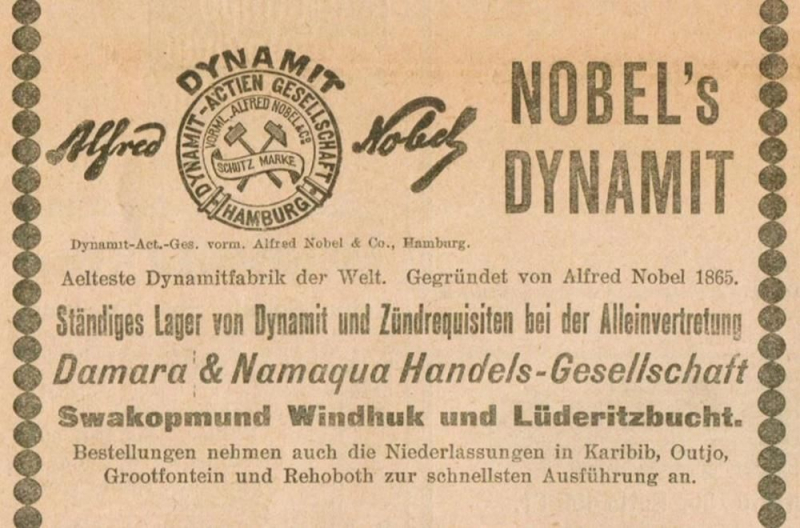
Photo: https://www.onthisday.com/ 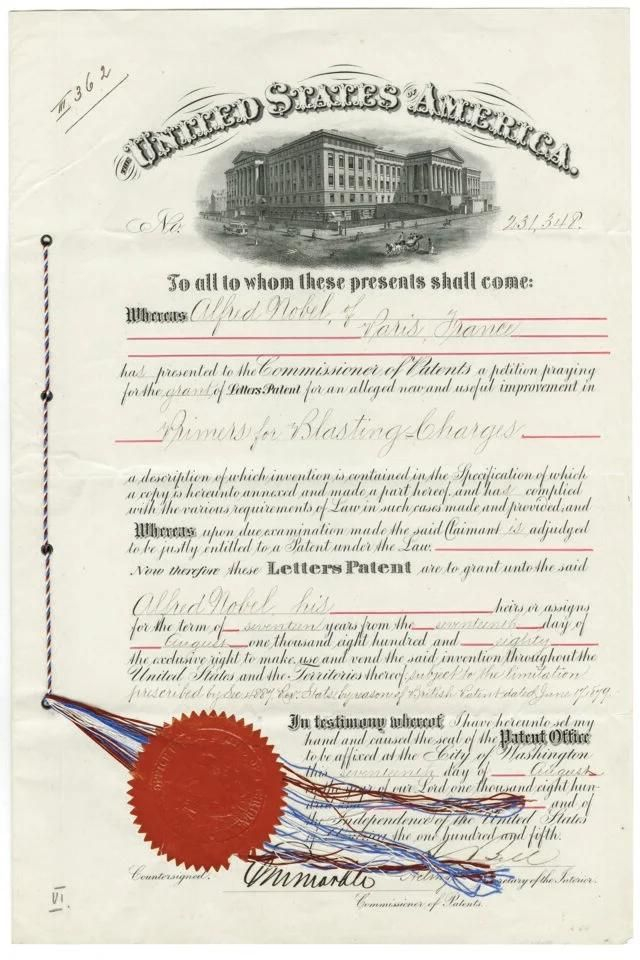
Photo: https://www.nobelprize.org/ -
In 1896, at his estate in San Remo, Italy, Nobel passed away from a cerebral hemorrhage after developing angina pectoris 1895. At the time of his passing, more than 90 factories producing explosives and ammunition made up his global economic empire. His will, which was revealed to his family, friends, and the public after it was lodged at a bank in Stockholm on November 27, 1895, after it was written in Paris, contained a major surprise. He had always been generous in his humanitarian and scientific philanthropies, and he left the majority of his wealth in trust to start the Nobel Prizes, which have since become the most prestigious worldwide honors.
Nobel worried about how he would be remembered after his death after reading his obituary. On November 27, 1895, Alfred Nobel penned his last will, leaving the establishment of the five Nobel Prizes for outstanding contributions to physics, chemistry, literature, and medicine as well as for promoting world peace, 94 percent of his total assets, or 31,225,000 Swedish kronor (250 million dollars in 2008).
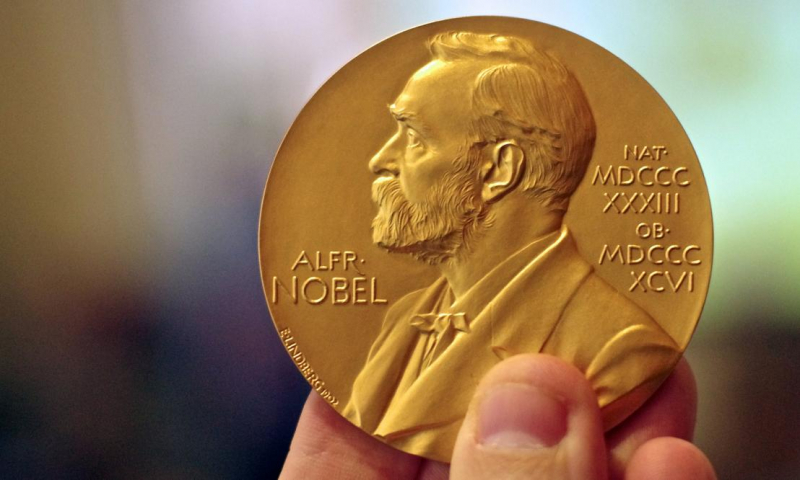
Photo: https://ec.europa.eu/ 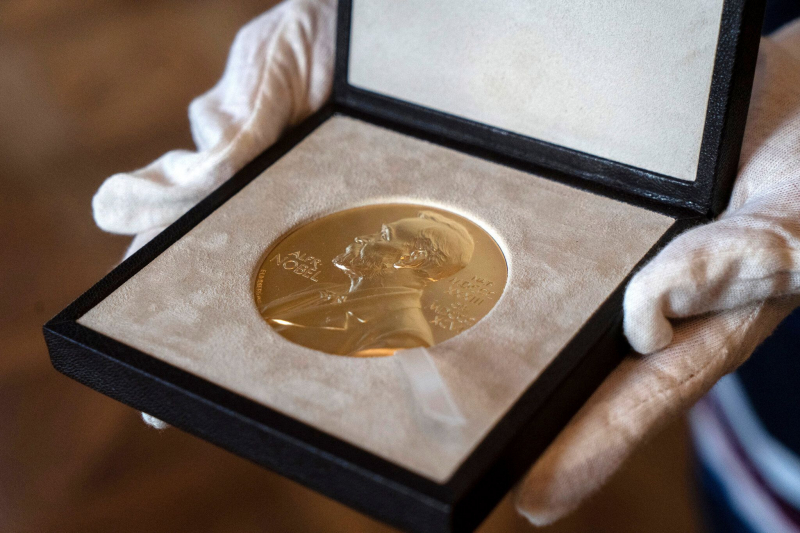
Photo: https://www.mysciencework.com/ -
Nobel had a complex personality, which is one of the most interesting facts about Alfred Nobel. His colleagues were perplexed by Nobel's nuanced nature. Despite the near-constant travel necessitated by his business interests, he continued to live alone and was prone to depressive episodes. He was an ascetic and led a reclusive life, but he could throw a polite dinner party, be an excellent listener, and have a sharp wit. He never got married and, it seems, valued invention over romantic attachment. He authored plays, novels, and poems, practically all of which went unpublished because he had a lifelong passion for writing. He had incredible energy and had a hard time winding down after long stretches of labor.
Alfred Nobel had a reputation as a liberal or even a socialist among his contemporaries, but in reality, he distrusted democracy, opposed women's suffrage, and maintained a benign paternalistic attitude toward his numerous employees. Nobel had a negative outlook on people and nations, even though he was primarily a pacifist and thought that the devastating capabilities of his inventions would help put an end to war.
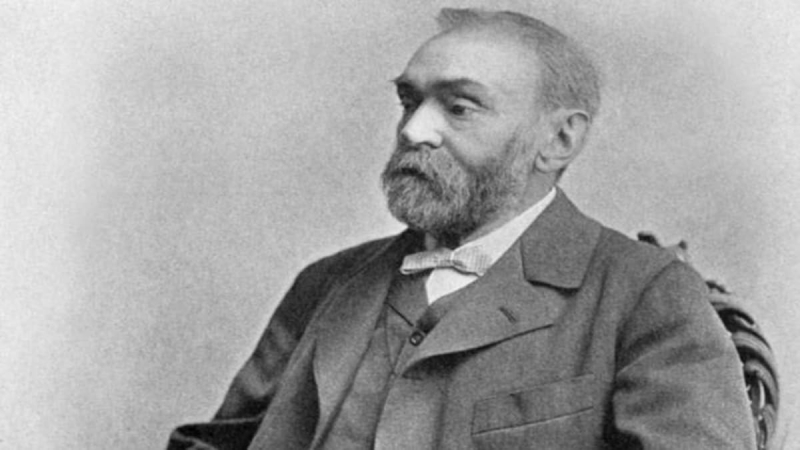
Photo: https://www.indiatoday.in/ 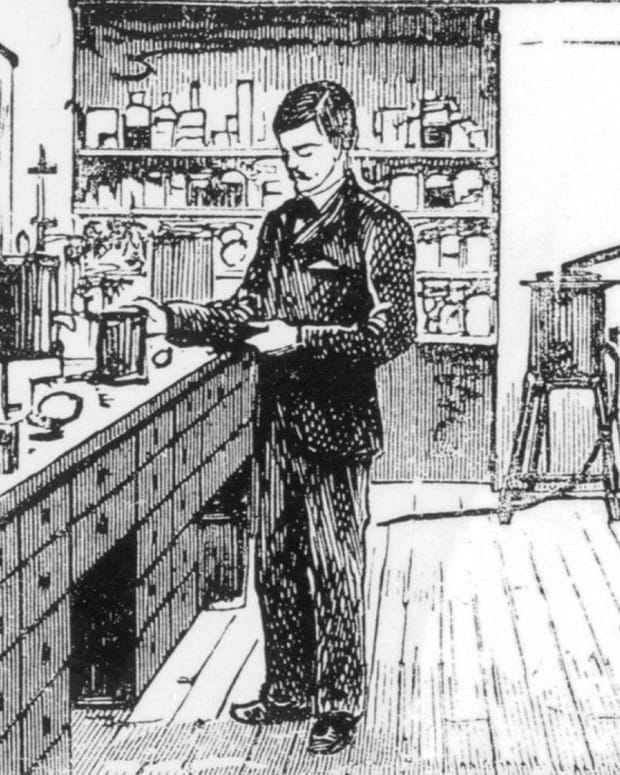
Photo: https://www.biography.com/ -
When Alfred's brother Ludvig passed away in France in 1888, a French newspaper mistakenly published Alfred's obituary in its place. It continued, "Dr. Alfred Nobel, who became wealthy by figuring out how to murder more people faster than ever before, died yesterday." in the subtitle "The Merchant of Death is Dead." Because Nobel acquired his riches using explosives, which were also utilized in combat, he was given the moniker "The Merchant of Death." However, Nobel himself continues to be a figure of paradoxes and contradictions: a brilliant, lonesome man who was equal parts, pessimist and idealist, he invented the potent explosives used in modern warfare and established the most prestigious awards in the world for contributions to human knowledge.
Perhaps Alfred Nobel created the awards to prevent exactly the kind of notoriety that would be suggested by this premature obituary. Unquestionably, the honors he established show his enduring passion for the subjects of physics, chemistry, physiology, and literature. There is also convincing evidence that he was motivated to create the prize for peace by his friendship with the well-known Austrian pacifist Bertha von Suttner.
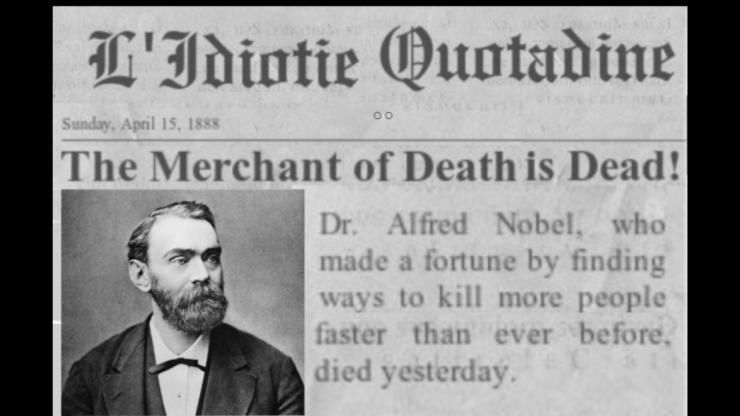
Photo: https://kathyjoseph.com/ 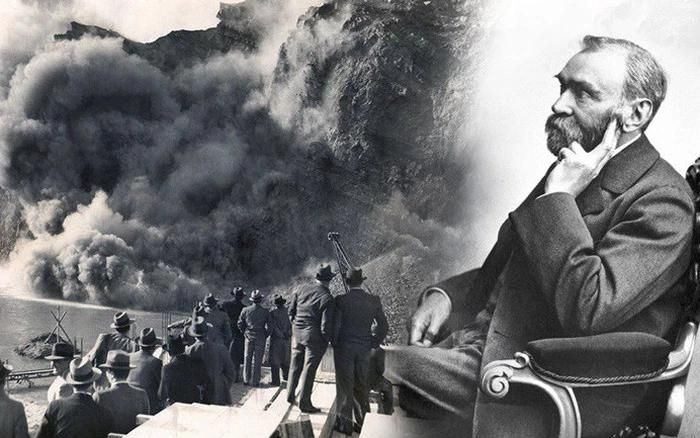
Photo: https://soha.vn/










